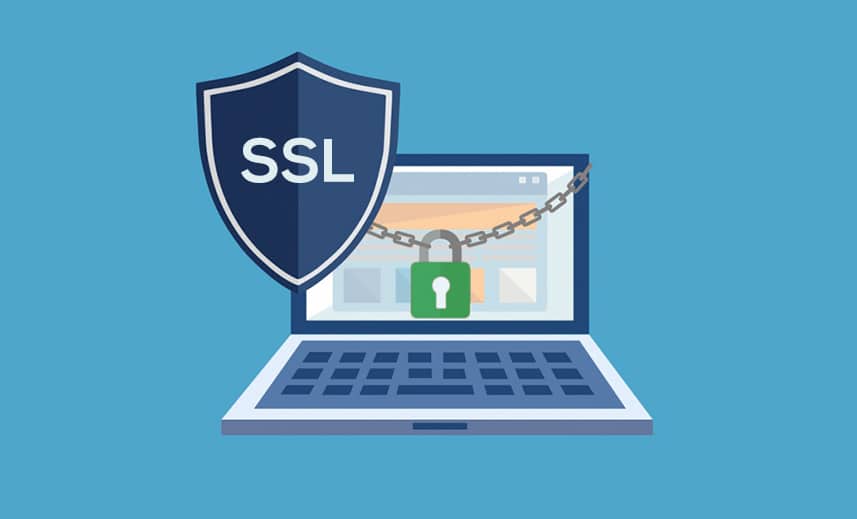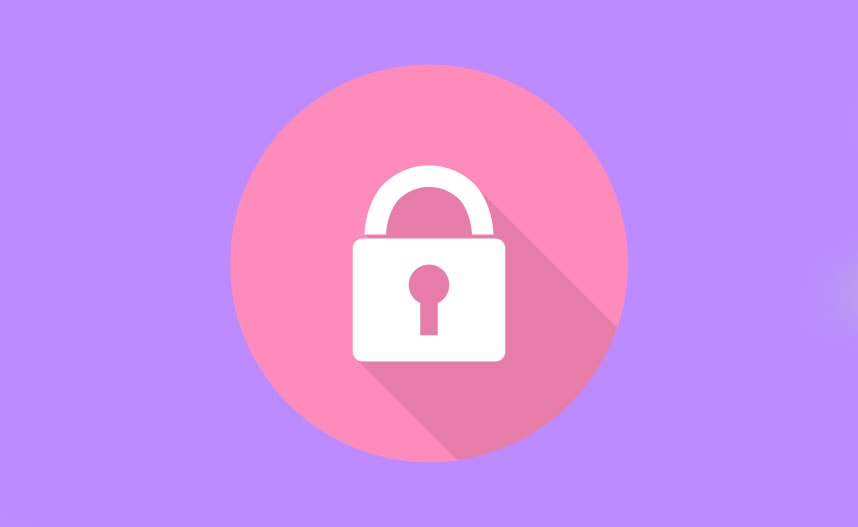Have you ever wondered why some websites begin with “http://” and others with “https://”? That “s” stands for “secure,” and it indicates that the site you’re browsing is using a protected, encrypted connection. This measure of security has become increasingly important for all sites on the web—both to protect users’ sensitive information and to improve SEO.

So how does a site switch from “http://www.yoursite” to “https://www.yoursite,” and what does it mean when it does?
The answer lies in SSL (Secure Sockets Layer) certificates, a method of encryption that involves obtaining a verification from an SSL provider and installing that certificate on your site. In this article, we’ll discuss how SSL certificates work, why they’re important, and why you should install it to your website.
What is HTTPS?
HTTPS is really just the sum of a set of protocols: HTTP, SSL (or TLS), and TCP.
As a part of the HTTPS protocol, SSL is a secure way to send encrypted information between a server and a browser. Sites that use HTTPS safeguard their visitors’ information, and also earn better rank in search engines—even Google has prioritized sites using HTTPS.
Using public key cryptography (or asymmetric cryptography), any information that’s sent between the site (the user interacting via a browser) and the site’s server (with the database, operating system, etc.) is unreadable if it’s intercepted by another party. That can be anything from your username and password, credit card information, data in forms, to other important data.
Only the intended recipient with the key to unlock that encrypted data can read it, keeping hackers and thieves out of the loop. Without it, any computer between a user and the server can theoretically intercept that information. Also, hackers can recreate or impersonate websites to lure users into entering sensitive information—something that’s easy to do if a user isn’t looking for that verification an SSL certificate can provide.
Are SSL and TLS the same thing?
You’ve probably seen SSL and TLS (Transport Layer Security) used interchangeably. So before we talk more about SSL certificates, is there a difference between SSL and TLS? The answer is basically no, because they’re both encrypted protocols and TLS is essentially a newer version of SSL. (SSL version 3.0 served as the basis for the first version of the TLS protocol.) TLS is a session layer protocol between the Application and Transport layers, and SSL is a high-level encryption for the transmission of encrypted data. With SSL, while an outside party may still access your data, without the encryption key they won’t be able to read it.
So what is an SSL certificate?
Think of an SSL certificate as a data file from a trusted provider that gets embedded in your website’s root directory to say “I own this site, and I am who I say I am,” with a cryptographic key that encrypts any web traffic between your site and server so it’s unreadable to prying eyes.
An SSL certificate is a digital certificate that authenticates the identity of your website, coupling together your domain name, company name, and location with a unique cryptographic key. Once that certificate is installed on your web server, your site has established a secure session with the web server via an HTTPS connection—something visitors will be able to know by the padlock icon next to the URL or another visual, depending on the browser.
This is your way of telling your customers that their information is safe with you—an excellent way to boost trust and loyalty, as well. It’s level of web security that isn’t just a “nice to have” anymore—SSL encryption is essential for bolstering security for your network and users alike.
Why every website should be SSL-encrypted
Not convinced you need an SSL certificate for your site? Here’s a quick summary of what implementing SSL encryption on your site will provide:
- Better SEO ranking. SSL and HTTPS are not only valuable to security, but they’re also going to be helpful when it comes to SEO, ecommerce, and visual notifications about the security of a page in Google Chrome. The Google Security Team announced that the 56th version of Google Chrome will visually alert users when they’re not on a secure website with an SSL certificate.
- Safer, more secure data transfer between servers, with less chance of interception
- Increased trust with customers
- SSL is required for Payment Card Industry (PCI) compliance.
- Builds Trust & Brand Power With SSL certificates, your customers will see the secure visuals on the address bar that indicates well-trusted encryption is in use. Well, think yourself as a customer that you would see that on a website, wouldn’t you be assured that your information is traveling safe? You definitely would.




